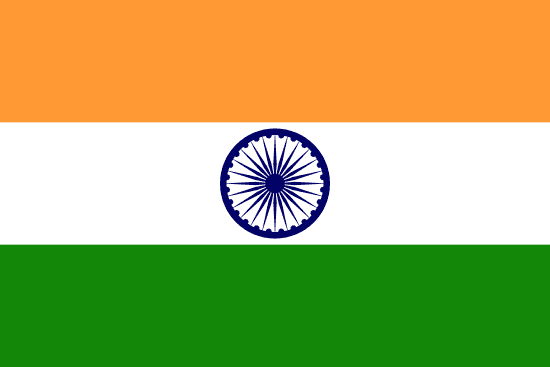"Dev Bhoomi | Land of the Gods"
About:
Kullu, a district in Himachal Pradesh, India, was established by Raja Bahadur Singh in 1660. Known for its temples and festivals, Kullu became a popular tourist destination, especially for its Dussehra festival. The British discovered Kullu in the early 19th century and it became a retreat for them. Post-independence, Kullu saw significant development in infrastructure and tourism. Today, it continues to thrive as a cultural and adventure tourism hub, while also being a significant producer of apples.
When to visit:
Kullu, a picturesque town located in the Indian state of Himachal Pradesh, is best experienced during the months of March to June and September to November. During these periods, the weather is pleasant with clear skies, making it ideal for outdoor activities such as trekking, paragliding, and river rafting. The summer months offer lush greenery and blooming flowers, while the autumn season showcases the stunning colors of the changing leaves against the backdrop of the majestic Himalayas. However, it is advisable to avoid visiting during the monsoon season from July to August, as heavy rainfall can disrupt travel plans and activities in the region.
When to avoid:
The worst time to travel to Kullu, India on a holiday is during the monsoon season, which typically occurs from July to September. During this time, the region experiences heavy rainfall, leading to landslides, flooding, and road closures that can disrupt travel plans. The inclement weather also limits outdoor activities and sightseeing opportunities, making it less enjoyable for tourists. It is advisable to avoid visiting Kullu during the monsoon season to ensure a smooth and enjoyable holiday experience.
Winter Season (December-February)
Kullu, in India, experiences its coldest and wettest period from late June to September during the monsoon season. Average temperatures range from 20°C to 30°C, with a peak rainfall of 250mm in August. The sun is often obscured by heavy cloud cover, resulting in low sunlight hours. The region is prone to landslides during this period, making travel difficult. For a visitor, an average day would likely involve indoor activities or exploring local markets between showers. Despite the weather, the lush green scenery is a sight to behold.
"Summer (June-September)"
In Kullu, India, the warmest part of the year is typically from May to July, when temperatures range from 25°C to 37°C (77°F to 98°F). Rainfall is relatively low during these months, averaging around 30mm to 50mm, making it the driest part of the year.
The region experiences long daylight hours, with an average of 14 hours of sunlight per day. Humidity is moderate, usually around 40-60%, providing a comfortable atmosphere for travelers. Cloudiness varies, but clear, blue skies are more common during this season.
A typical day for a visitor during this period would be warm, with plenty of sunshine. Mornings usually start cool and crisp, and as the day progresses, it becomes warmer. Despite the high temperatures in the afternoon, the moderate humidity makes the heat bearable. Evenings cool down significantly, providing a pleasant respite from the day's heat. The low rainfall and clear skies make it an ideal time for outdoor activities and sightseeing.
Language:
Hindi and Pahari are the most commonly spoken languages in Kullu, a city in the Indian state of Himachal Pradesh. Hindi, the official language of India, is widely used for communication. Pahari, a group of languages native to the Himalayan region, is also prevalent, reflecting the city's cultural heritage. English is also understood and spoken by a significant number of locals, particularly those involved in the tourism industry.




